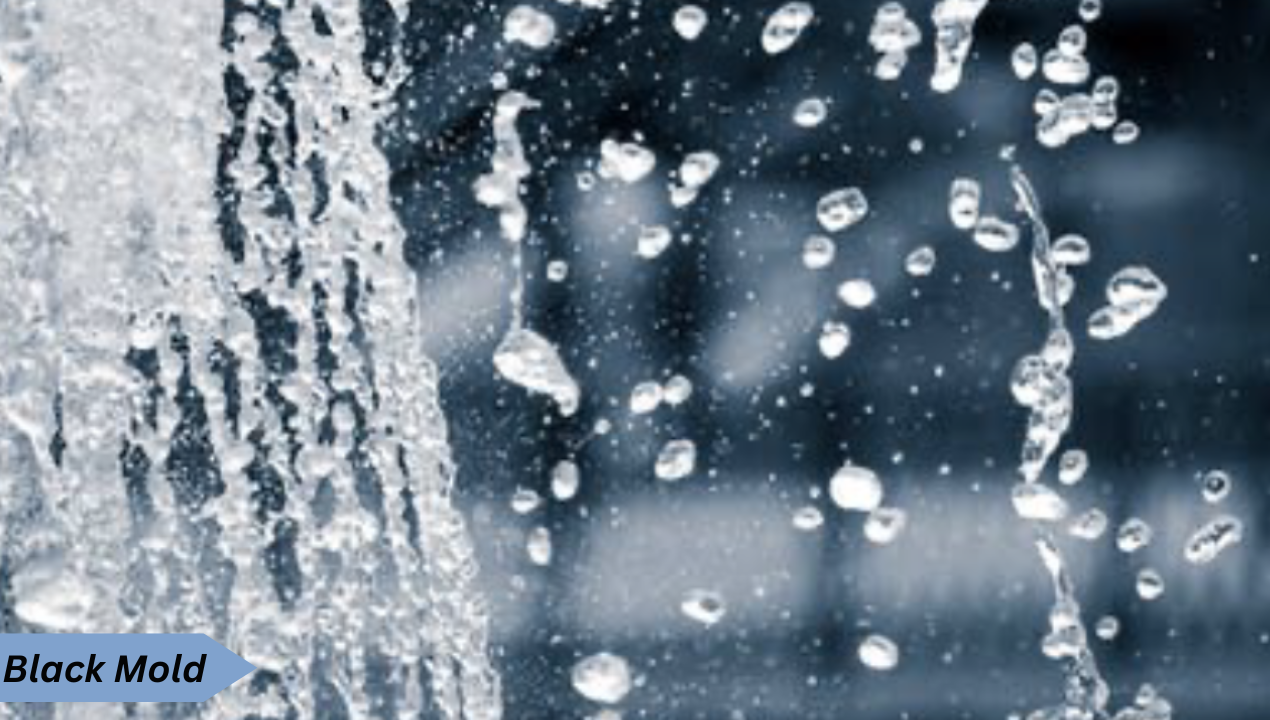Removing mold from shingles is crucial for maintaining the health and appearance of your home. Mold not only makes your roof look unsightly but can also cause damage over time, leading to costly repairs.
In this comprehensive guide, we’ll walk you through the steps to safely and effectively remove mold from your shingles, ensuring your roof stays in top condition.
How Does Mold Grow on Shingles?
Shingles, especially those in shaded areas, can retain moisture from rain, dew, or high humidity. This creates a perfect breeding ground for mold. Algae and moss can also contribute to mold growth by trapping moisture on the roof surface.
Common Types of Mold Found on Roofs
The most common types of mold found on roofs include black mold (Stachybotrys), green mold (Cladosporium), and white mold (Penicillium). Each type has its own characteristics and removal challenges.
Preparing for Mold Removal
- Safety Precautions
Before the starting, make sure you have protective gears such as gloves, goggles, and a mask. Mold can be very harmful if inhaled or if it comes into contact with your skin.
- Necessary Tools and Materials
You’ll need a ladder, a garden hose, a soft brush, a bucket, and your chosen cleaning solution. Make sure the ladder is stable and placed on solid ground to avoid accidents.
- Protecting Nearby Plants and Surfaces
Cover nearby plants and surfaces with plastic sheeting to protect them from any cleaning solutions that might drip off the roof.
Natural Methods for Mold Removal
- Using White Vinegar
White vinegar is natural disinfectant which can kill mold. should Mix equal parts vinegar and water in a spray bottle and then apply it to moldy areas. Let it sit for an hour before scrubbing and then rinsing with water.
- Baking Soda Solution
Baking soda is another natural mold remover. Mix one-quarter of a tablespoon of baking soda with water in a spray bottle. Spray the solution on the moldy area, scrub with a brush, and rinse with water.
- Essential Oils for Mold Removal
Certain essential oils, like tea tree oil, have antifungal properties. Mix a teaspoon of tea tree oil with water in a spray bottle, apply to the mold, let it sit, and then scrub and rinse.
Chemical Solutions for Mold Removal
- Commercial Mold Removers
There are many commercial mold removers available that are specifically designed for roofs. Follow the instructions on the product label for the best results.
- Chlorine Bleach Solution
A bleach solution can effectively kill mold. Mix one part bleach with three parts water, apply to the moldy area, let it sit for 15 minutes, and then scrub and rinse thoroughly.
- Oxygen Bleach Solution
Oxygen bleach is a safer alternative to chlorine bleach and is less harmful to the environment. Mix according to the manufacturer’s instructions, apply, let it sit, scrub, and rinse.
Step-by-Step Mold Removal Process
- Inspecting the Affected Area
Start by inspecting your roof to identify all the moldy areas. Take note of any spots that may need special attention.
- Applying the Cleaning Solution
Apply chosen cleaning solution with generously to the moldy areas. Make sure the entire affected area is covered.
- Scrubbing and Rinsing
Using a soft brush, scrub the moldy areas gently to avoid damaging the shingles. Rinse thoroughly with a garden hose to remove all the cleaning solution and dislodged mold.
- Repeating the Process if Necessary
For stubborn mold, you may need to repeat the cleaning process. Ensure the area is thoroughly cleaned and rinsed.
Preventing Future Mold Growth
- Improving Roof Ventilation
Good ventilation helps keep your roof dry and reduces the chances of mold growth. Ensure your attic has proper ventilation to allow moisture to escape.
- Regular Roof Maintenance
Regularly inspect and clean your roof to prevent mold and other issues. Removing debris like leaves and branches can help reduce moisture buildup.
- Installing Zinc or Copper Strips
Installing zinc or copper strips along the roof ridge can help prevent mold growth. When it rains, small amounts of these metals are released, creating an environment where mold cannot thrive.
When to Call a Professional
- Identifying Severe Mold Issues
If the mold covers a large area or has caused significant damage to your roof, it may be best to call a professional. They have the tools and expertise to handle severe mold problems.
- Safety Concerns
If you’re not comfortable working on a roof or the roof is too steep, it’s safer to hire a professional. They have the necessary safety equipment and experience.
Benefits of Professional Mold Removal
Professionals can ensure a thorough job, potentially saving you money in the long run by preventing further damage. They also use professional-grade products that may be more effective.
Conclusion
Removing mold from shingles is essential for maintaining your roof’s health and appearance. By following the steps outlined in this guide, you can effectively clean mold from your shingles and prevent future growth.
Regular maintenance and preventive measures will help keep your roof mold-free for years to come.
FAQs
How often should I clean my roof to prevent mold?
It’s a good idea to inspect and clean your roof at least once a year, preferably in the spring or fall.
Can mold on shingles cause health issues?
While mold on shingles primarily affects the roof, it can lead to health issues if mold spores enter your home and cause respiratory problems.
Is it safe to use bleach on asphalt shingles?
Yes, but it’s important to dilute the bleach properly and rinse thoroughly to prevent damage to the shingles and surrounding vegetation.
What are the signs of mold damage on a roof?
Look for black or green streaks, a musty smell, and signs of rot or deterioration in the shingles.
How can I prevent mold from coming back after cleaning?
Ensure proper roof ventilation, keep the roof clean, and consider installing zinc or copper strips to inhibit mold growth.
